Naturally occurring bioactive nanoparticles derived from a carnivorous fungus could have potential for application in cancer therapy.
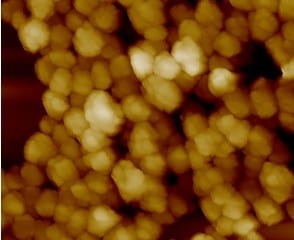

Naturally occurring bioactive nanoparticles derived from a carnivorous fungus could have potential for application in cancer therapy.
Research team in the US have reported promising findings on the potential for nanotechnology to deliver chemotherapeutic agents.
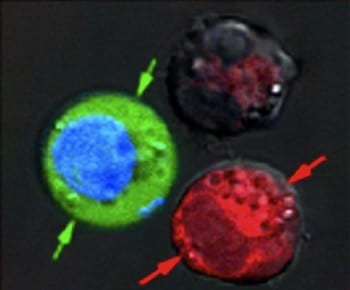
Researchers at Rice University have found a way to kill some diseased cells and treat others in the same sample at the same time.
Silicon nanoparticles functionalised with antibodies have been shown to efficiently kill cancer cells in vitro.
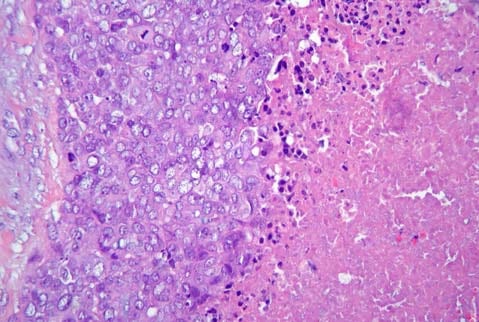
Are modern molecular classification methods for breast carcinomas reasonable? Austrian scientists challenge the clinical relevance of the term “basal-like” breast cancer subtype.
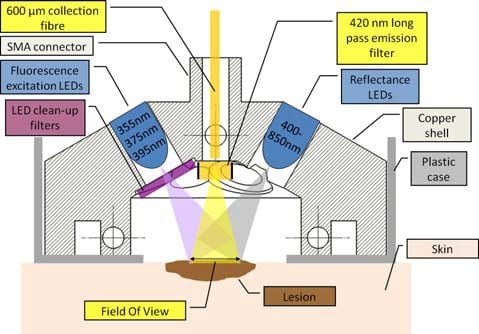
A biopsy is a painful and scarring but often unavoidable procedure. Now, scientists have reported promising results of autofluorescence and reflectance measurements of tissue as a noninvasive approach for basal cell carcinoma diagnosis.

We speak to University of Alberta Professor Ravin Narain about his polymeric and nano-materials research, and what it might for the future of biomaterials and medicine.
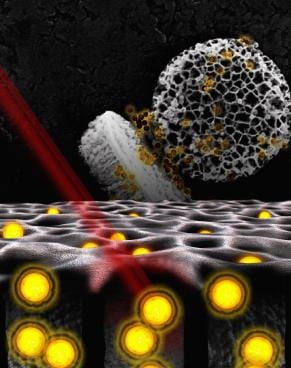
By shining infrared light on specially designed, gold-filled silicon wafers, scientists at The Methodist Hospital Research Institute have successfully targeted and burned breast cancer cells. If the technology is shown to work in human clinical trials, it could...
A nanostructure of silicon and gold is 4 times as effective at killing cancer cells in cell culture experiments as gold nanoshells alone.
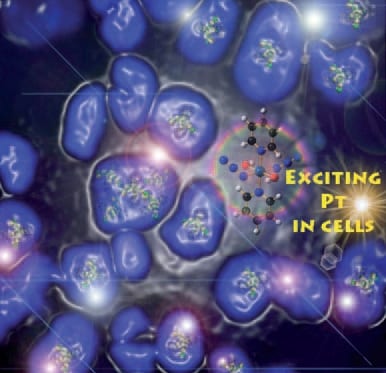
For tumor treatment with few side effects: platinum complex initiates cytotoxic effect upon targeted irradiation with visible light.